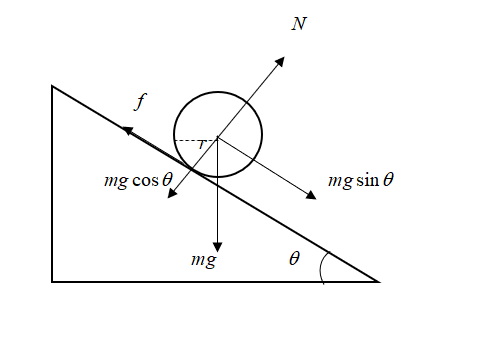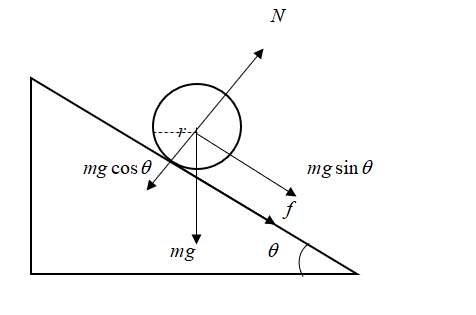Displacement, Velocity and Acceleration
In classical mechanics, kinematics deals with the motion of a particle. It deals only with the position, velocity, acceleration, and displacement of a particle. It has no concern about the source of motion.
Linear Displacement
The term "displacement" refers to when something shifts away from its original "location," and "linear" refers to a straight line. As a result, “Linear Displacement” can be described as the movement of an object in a straight line along a single axis, for example, from side to side or up and down. Non-contact sensors such as LVDTs and other linear location sensors can calculate linear displacement. Non-contact sensors such as LVDTs and other linear location sensors can calculate linear displacement. Linear displacement is usually measured in millimeters or inches and may be positive or negative.
How can a can of beans rolling up and down a ramp be used to describe acceleration?
Here, a can of beans is rolling up and down a ramp.
An object placed on a tilted surface will often slide down the surface.
It is required to explain the acceleration using this example.
Draw a diagram of when the can be moving downward.

Draw a diagram of when the can be moving upward.

Here is the normal force, is the mass, is the acceleration due to gravity, is the angle of inclination, is the radius of the can and is the frictional force.
Trending now
This is a popular solution!
Step by step
Solved in 2 steps with 2 images









